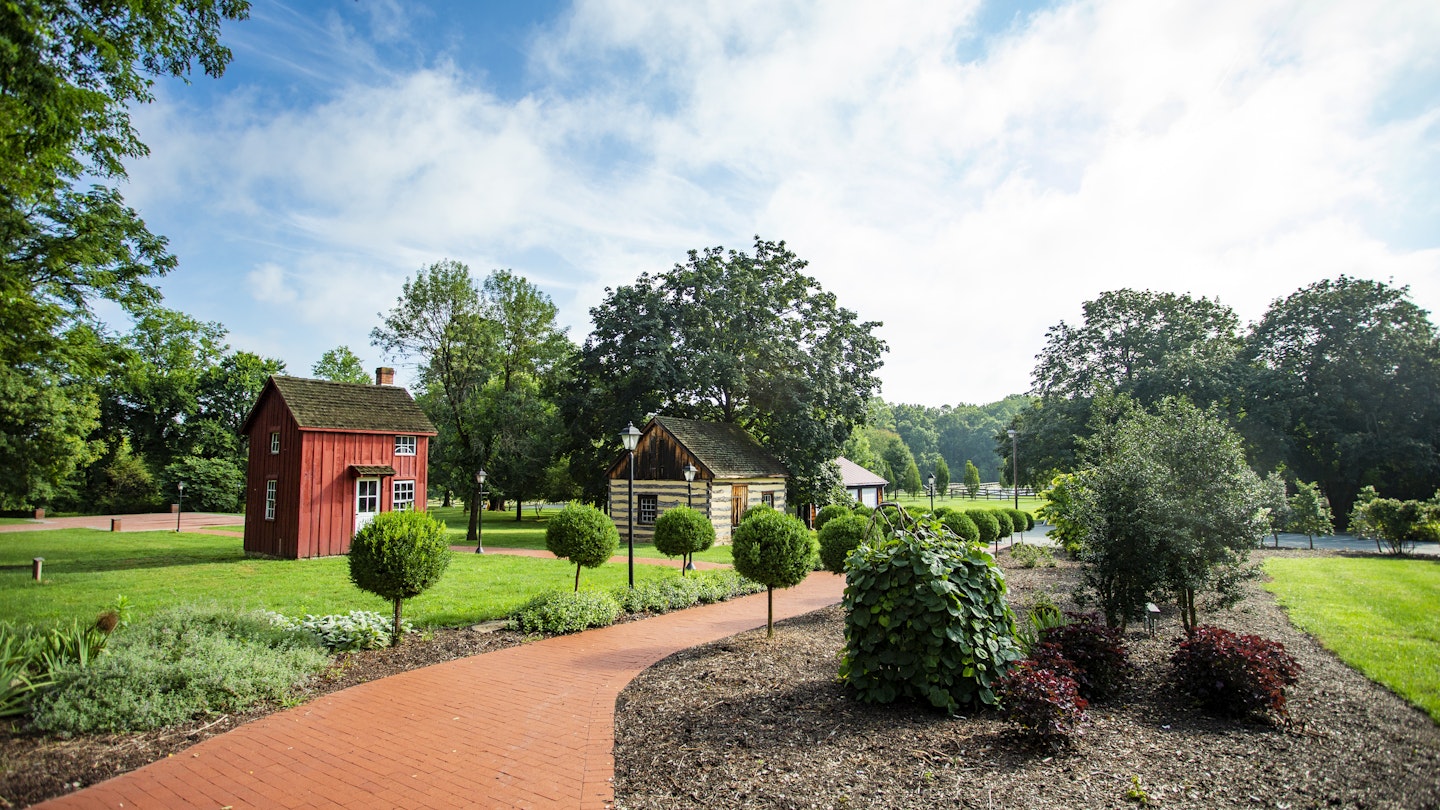Discover Maryland’s Underground Railroad Heritage
The 2019 movie Harriet may have dramatized Harriet Tubman’s famous work to free enslaved individuals; however, it is lesser known that Maryland was the epicenter of activity on the Underground Railroad – the loose network of safehouses and routes north to freedom. Indeed, Maryland boasts the highest documented number of successful escapes in the entire country. This important history is memorialized statewide every September with the governor-proclaimed International Underground Railroad Month, initiated in 2019.
“Maryland offers attractions, historical sites, and programming that honor the brave men, women, and children who traveled along the Underground Railroad to freedom and those who assisted them,” stated Governor Larry Hogan. “While we recognize September as International Underground Railroad Month, Maryland honors those who embrace the right to self-determination and freedom every day.”
The Kick-off Event
This year, the unveiling of a new visitor experience at Frederick Douglass Park on the Tuckahoe in Talbot County kicks off the month’s events. The celebrated abolitionist, orator, and author originated from the Eastern Shore. Born at Tappers Corner, he played a significant role in helping enslaved individuals escape along the Underground Railroad from his home in New York.
“In his autobiography, Douglass said he was born in Tuckahoe,” said Cassandra Vanhooser, director of Talbot County Economic Development and Tourism. “His international legacy all began here in Talbot County. Without his beginnings here, nothing would have happened.”
Four interpretive panels, the first interpretive elements in the otherwise wild park, will detail Douglass’s life and legacy.
“We take you step by step through his journey here and on to the larger world,” Vanhooser expressed.
The park, with future plans for overlooks and walking trails, is located along one of four Frederick Douglass byways that stretch from the Eastern Shore to Annapolis, Baltimore, and Washington, DC.
A Variety of Events and Experiences
While COVID-19 has affected many events this year, Cambridge has planned its “Day of Resilience” celebration on September 12, showcasing a traveling statue of Harriet Tubman that will remain at the Dorchester Courthouse for 30 days. The Maryland State Archives has virtual programming led by Chris Haley, the director of the Study of the Legacy of Slavery in Maryland.
New outdoor experiences have emerged this year, including kayaking and biking at Blackwater National Wildlife Refuge, through which Tubman fled. Additionally, hiking and biking opportunities exist along the Chesapeake and Ohio Canal towpath, a historical transportation route for individuals escaping slavery.
The good news is that the state’s 85 Underground Railroad Network to Freedom sites, recognized by the National Park Service, remain open year-round (though verifying availability during the pandemic is advisable). This provides countless opportunities to explore this significant history, especially during International Underground Railroad Month. Beginning September 1, the National Park Service will release National Underground Railroad Network to Freedom Digital Passport Stamps in honor of International UGRR Month, facilitating virtual tours as well.
Many of the sites are concentrated on the Eastern Shore, including those along the 125-mile, self-guided Harriet Tubman Underground Railroad Scenic Byway, which retraces the steps of this legendary abolitionist’s own escape in 1849, as well as those she helped lead to freedom. Key sites include the Harriet Tubman Underground Railroad National Historical Park, a state-of-the-art facility in Church Creek dedicated to Tubman’s story, and the Bucktown Village Store in Cambridge, now a museum honoring her legacy after she was struck on the head for defying authority.
Other key destinations include the Greenboro Christian Park on the Choptank River headwaters, likely where Tubman crossed into Delaware to freedom. An audio guide is also available here.
Beyond the Eastern Shore, interesting sites include the new Hagerstown Underground Railroad Trail, which features an urban trail to key sites such as the Hollingsworth house, which commemorates the daring escape of the Cummens family. In Montgomery County, the Underground Railroad Experience Trail at Woodlawn Manor Cultural Park honors a historic Quaker town that served as a major Underground Railroad waypoint. Furthermore, the Banneker-Douglass Museum in Annapolis is dedicated to preserving Maryland’s African American heritage.
The Underground Railroad Beyond Maryland
The initiative of International Underground Railroad Month hopes to expand into other states and even countries. Since Maryland launched the initiative last year, North Carolina, Missouri, and Kansas have proclaimed their own recognitions, while New York, Pennsylvania, Iowa, and Kentucky are working on requests in their governor’s offices. Additionally, multiple states such as Massachusetts, Florida, and Indiana are offering special programming to highlight this crucial history.
For further details and to plan your journey, visit the state website on the Underground Railroad in Maryland.




